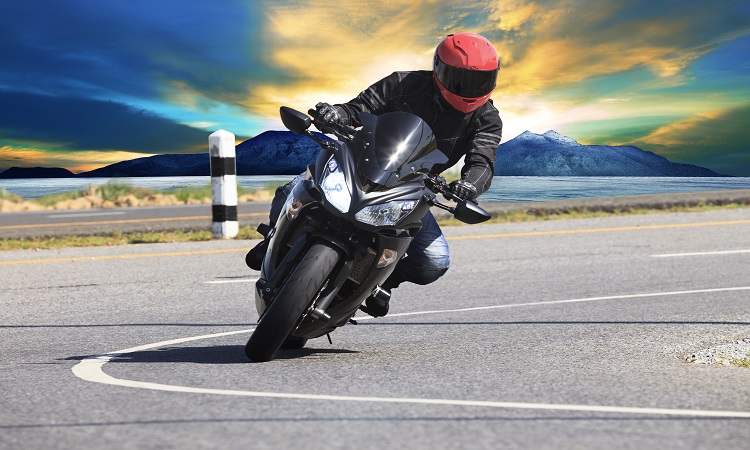Riding Modes in Modern Bikes
Riding Modes in Modern Bikes

The multiple riding modes in modern bikes enhance the performance and safety of the two-wheeler. These modes adjust power delivery, traction control, and suspension. Riders should also consider bike insurance to safeguard against potential risks while enjoying the ride with these advanced features.
Understanding Riding Modes in Modern Bikes
Motorcycle riding modes are designed to optimise the riding experience based on road conditions and riding styles. These allow riders to switch between settings that enhance control, power, and stability. Manufacturers like KTM, Honda, BMW, and Triumph integrate multiple modes into their motorcycles, ensuring adaptability to different terrains and weather conditions.
Common Riding Modes and Their Functionalities
The different riding modes available in the modern bike models are:
1. Off-Road Mode
Adventure motorcycles often come with an off-road mode, designed for rugged terrains. It allows more wheel slip, reduces ABS sensitivity, and optimises suspension to handle rough surfaces. This mode provides better control on dirt trails, making it perfect for adventure riders.
2. Street Mode
Street mode is ideal for everyday riding. It offers a balanced power output and smooth throttle response, making it perfect for city roads and highways. The ABS and traction control settings are optimised for dry road conditions, ensuring a comfortable and fuel-efficient ride.
3. Sport Mode
For riders seeking an adrenaline rush, sport mode enhances acceleration and responsiveness. It stiffens the suspension for better control at high speeds while reducing traction control sensitivity, allowing for more aggressive riding. This mode is best suited for track riding or spirited rides on open roads.
4. Touring Mode
Touring mode balances power and comfort for long-distance rides. It ensures a smooth throttle response and adjusts suspension settings for better stability. This mode enhances fuel efficiency, reduces rider fatigue, and increases ABS and traction control for added safety.
5. Rain Mode
This mode is designed for wet or slippery roads, reducing throttle response and limiting engine power to prevent wheel spin. Rain mode increases traction control and ABS sensitivity, ensuring maximum grip and stability, making it the safest option during adverse weather conditions.
Conclusion
Each riding mode modifies the bike’s engine response, braking, and stability to match the riding conditions. Understanding the modes helps riders maximise their bike’s capabilities while ensuring safe rides. While the riding modes enhance performance and safety, having comprehensive or third-party bike insurance ensures financial protection in case of accidents or damages.
Disclaimer: The above information is for illustrative purposes only. For more details, please refer to the policy wordings and prospectus before concluding the sales.
RELATED ARTICLES
8 tips to maintain safety while riding with a pillion rider
4 Important Bike Riding Skills You Should Know
Tips to Follow while Riding a Bike on a Slippery Road
Tips For Riding A Two-Wheeler Safely On Indian Roads!
7 Tips to Help Make Your Long Bike Journey Comfortable










 Health Insurance
Health Insurance  Travel Insurance
Travel Insurance  Car Insurance
Car Insurance  Cyber Insurance
Cyber Insurance  Critical Illness Insurance
Critical Illness Insurance
 Pet Insurance
Pet Insurance
 Bike/Two Wheeler Insurance
Bike/Two Wheeler Insurance  Home Insurance
Home Insurance  Third Party Vehicle Ins.
Third Party Vehicle Ins.  Tractor Insurance
Tractor Insurance  Goods Carrying Vehicle Ins.
Goods Carrying Vehicle Ins.  Passenger Carrying Vehicle Ins.
Passenger Carrying Vehicle Ins.  Compulsory Personal Accident Insurance
Compulsory Personal Accident Insurance  Travel Insurance
Travel Insurance  Rural
Rural 











